Every culture has different preferences when it comes to entertainment. Every country produces various kinds of music and art that have apparent cultural ties, for example, the sudden surge of superhero movies in Hollywood or the popularity of games like Starcraft in Korea.
Online MMORPGs, in general, have been gaining popularity since RuneScape, but different countries have different titles that have held the top positions.
China especially offers unique titles, some of which are unheard of by most people and unavailable outside of China; this is, of course, due to their government and stringent policies that are honestly outside the scope of this article.
Games like Blood Legend and Sword Net 3 are some of the most popular MMORPGs in China, but players can’t access them outside China.
Hell, if someone wanted to enjoy these games, they’d have to get hold of Chinese citizenship to log in to the game.
Regardless, here are some games that are available globally. Now I cannot say for sure if Chinese gamers get the same experience; to my knowledge, their experience would be a little close to the guidelines given by their government.
Nevertheless, these titles are available globally and can be enjoyed by anyone.
1. Dungeon Fighter Online
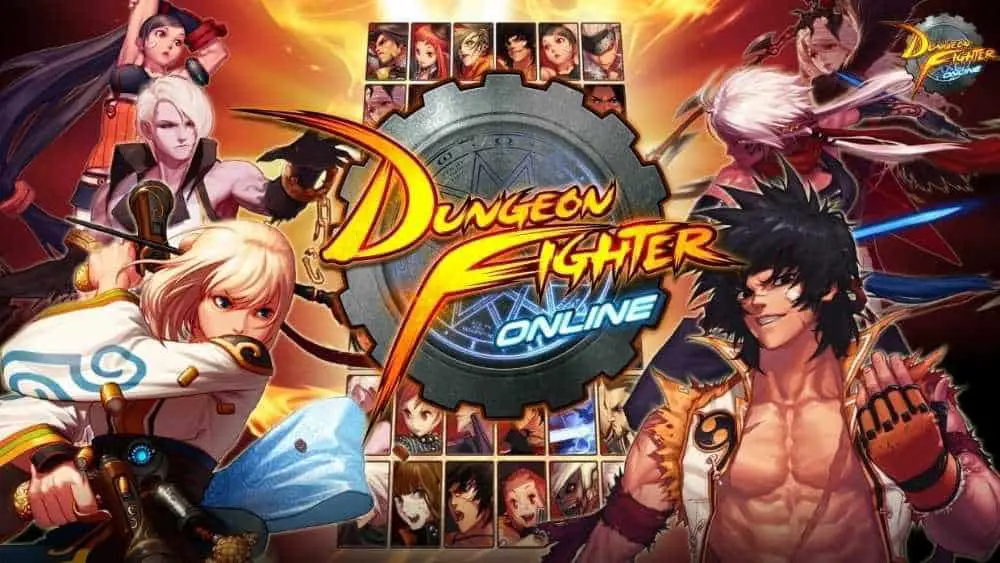
Dungeon Fighter Online is a 2-D side-scrolling beat ’em up MMORPG developed by Neople and released in 2005 for Korea, but it took a long time for the game to get to the West.
The American version was released in 2010, so it’s no surprise that the game was perceived as very dated and never grabbed the players’ attention.
This title is one of the most played MMORPGs in China; however, it has a tiny audience elsewhere. The lack of a player base and the poor quality of the servers keeps players at bay from experiencing what is a very competent beat ’em up MMORPG.
Regardless, if you wish to play the Chinese version with a more engaged audience, you can try your luck with a VPN.
But be warned the Chinese version is heavily monetized, and the ping might not be the best for PvP game modes (which is what the Chinese version is all about).
2. World of Warcraft
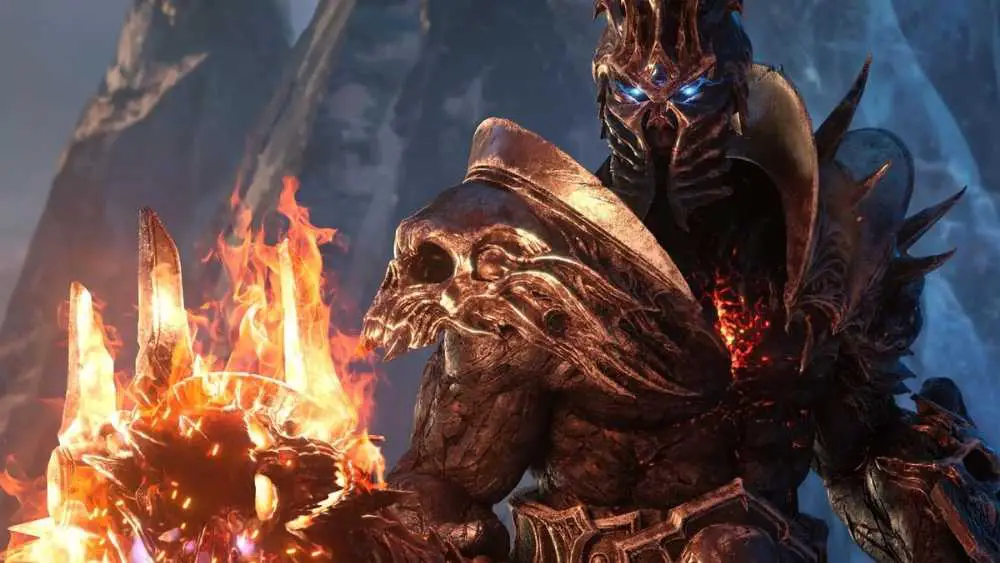
No amount of regulation and censorship can keep something as iconic as WoW away from gamers. This classic was developed by Blizzard Entertainment and released in 2004.
Unsurprisingly, this game is prevalent throughout the world, East to West; it’s a genre-defining title and one that has managed to stay alive for almost two decades now.
As expected, China has had a different experience altogether, and lately, it hasn’t been a good one. NetEase handles the game in China, and according to the disappointed posts by Chinese gamers, it’s not being managed as well as it deserves.
The game is riddled with ads and heavily leans towards pay-to-win tactics, so much so that each Ny’alotha boss costs USD 6 to battle. For reference, this area consists of 12 bosses, so that’s over USD 70 for one raid.
In addition, the chat is almost exclusively filled with brutal ads, and I am surprised to see that even this butchered version of WoW has managed to retain players for as long as it did.
Though players are now quitting WoW in China and numbers are dwindling, there’s still a chance if NetEase ups its game and makes its advertisements less intrusive. Honestly, how do you screw up WoW?
3. Fantasy Westward Journey
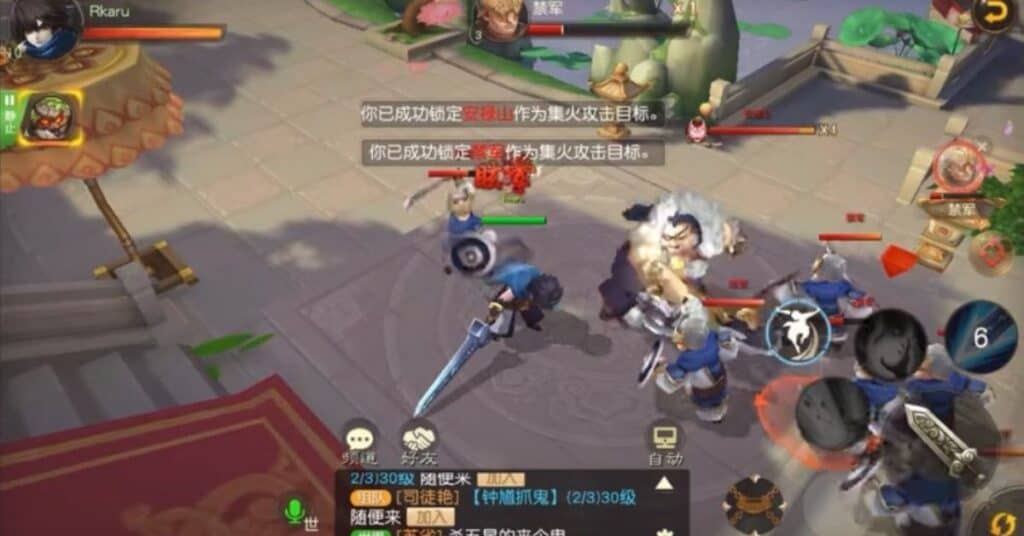
Fantasy Westward Journey is a relatively popular Chinese MMORPG developed by NetEase and released in 2001.
Being a game native to China, it has thrived within its censored walls. It appears the game like RuneScape went through many iterations, and its most recent version is available on both mobile and PC and plays like a 3-D fantasy MMORPG.
There’s a pattern in the Chinese market, especially that they don’t let go of old games as fast as the West does; while the western audience constantly shuffles for the next better experience, the Chinese, in turn, tend to stick around with the tried and tested.
I suppose it’s got more to do with most people lacking better PCs to run the latest and greatest.
I cannot say much for Fantasy Westward Journey (primarily due to my lack of understanding of the language), other than it’s developed by the same people who butchered WoW in China, so take from that what you will.
4. JX Online 3
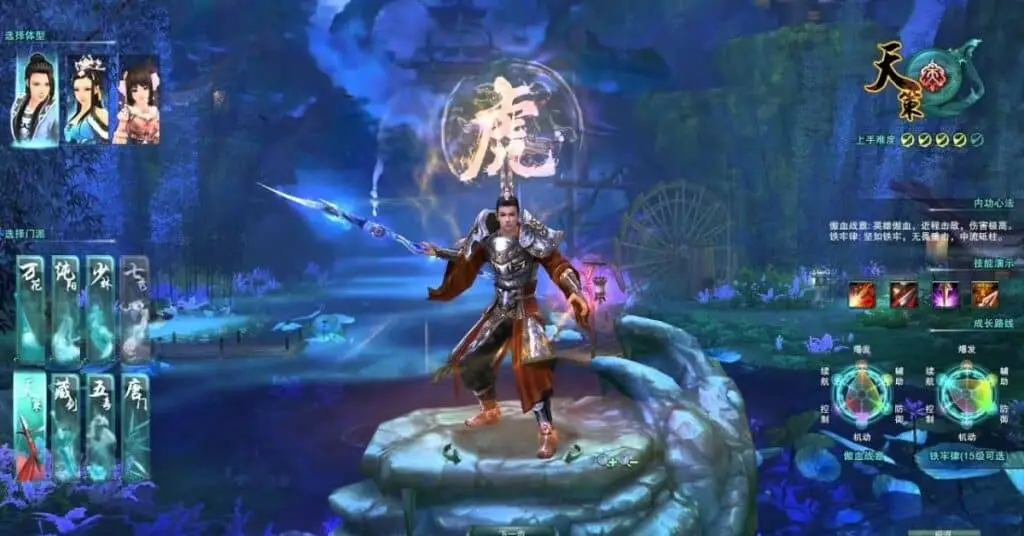
JX Online 3 is another MMORPG title that is more popular in the East; it was developed by Kingsoft and released in 2016.
More recently, a remake of the game was announced with support for Nvidia’s RTX technology, better late than never, China.
A VPN is required to play this game, obviously, and while I was only able to understand very little about the game, it seems like a mix of a building-game and hack-and-slash martial arts combat. It’s not the strangest gameplay loop, to be honest.
The game claims to have over 6000 unique quests with cultural significance and allows players to engage in social activities like Mabinogi.
But, again, it’s a title exclusive to China and getting past the language barrier is a big ask to play an otherwise mediocre MMORPG.
5. Black Desert
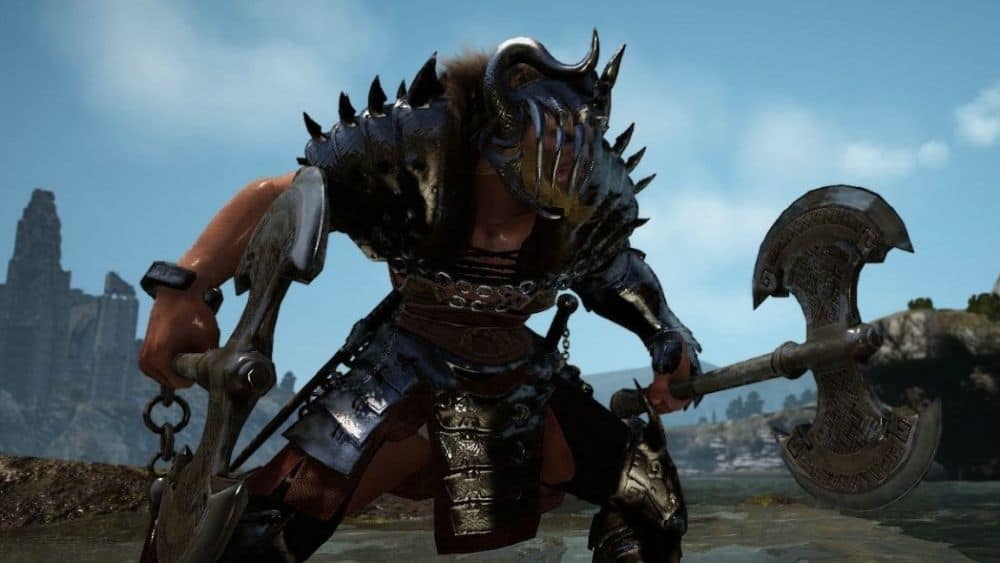
Black Desert is a popular MMORPG developed by Pearl Abyss and released in 2015. The game very recently broke ground in China, with the game’s mobile port releasing in August.
Black Desert Online is a well-known title and how the experience deviates for the Chinese audience is something yet to be reported.
Regardless, Black Desert is a reasonably well-known MMORPG title, and it’s great to see that Korea is rereleasing games in China after their “issue”.
Unfortunately, the vanilla experience of Black Desert is padded with content and micro-transactions; I don’t see this getting improved for the Chinese version; if anything, it’ll be worse.
6. Aion: The Tower of Eternity
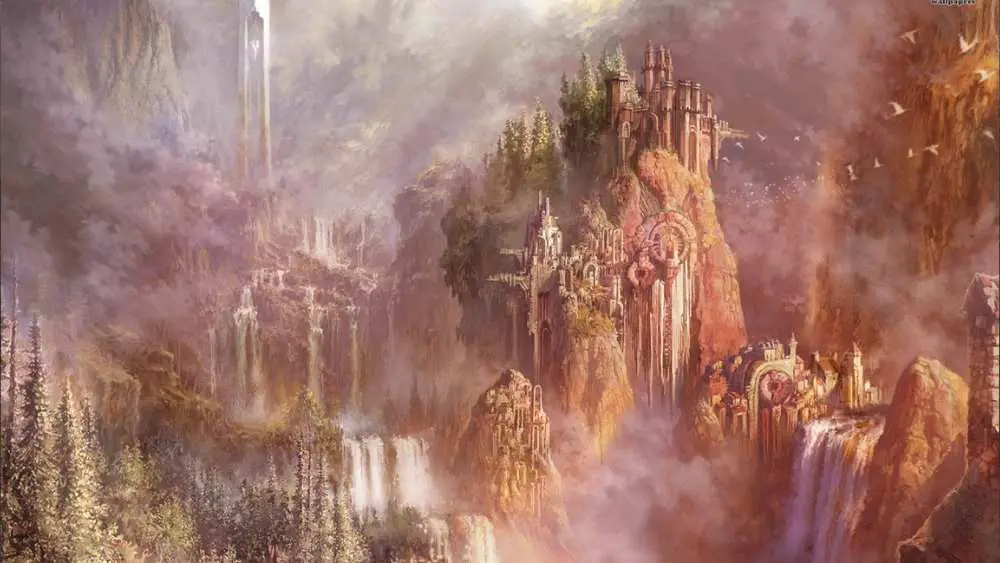
Aion: The Tower of Eternity is a Korean MMORPG developed by NC Soft and released in 2009. The game offers a fantasy setting with a focus on both PvP and PvE aspects.
The game has since its release dwindled into obscurity; while the game is by no means dead, its player base is smaller than ever, and with no rewards for engaging in PvP or PvE activities, there is no incentive for players to return.
Regardless, even if the game had a healthy player base, I wouldn’t recommend it for the reasons stated above and the heavy monetization in the game that makes progress without spending a ridiculous amount of money impossible.
7. MIR4
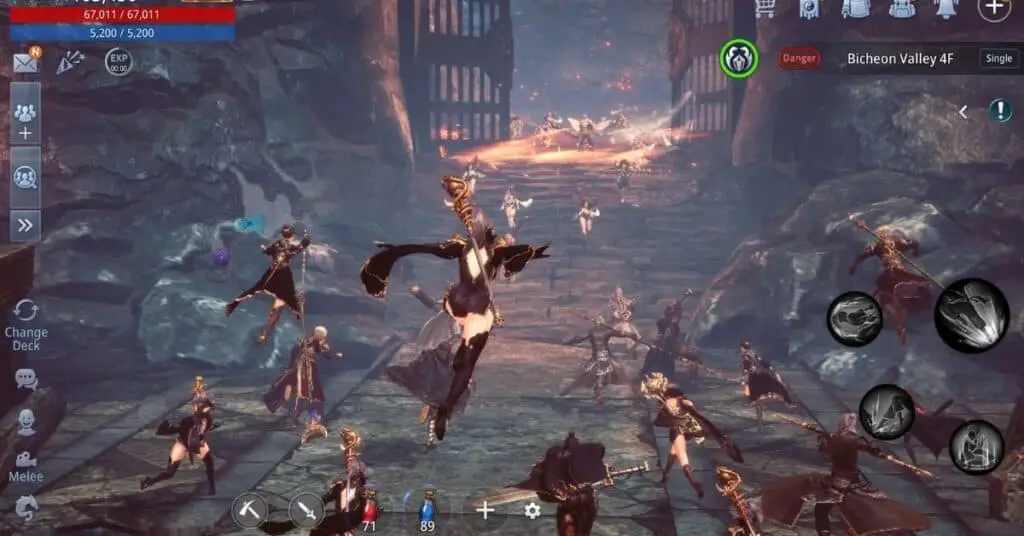
MIR4 is a relatively newer title developed by WeMade and released in August 2021.
This Korean MMORPG has been gaining popularity since its release. The game offers an extensive PvP and PvE experience where players can spend time gathering resources to craft equipment or engage in large-scale competitive PvP battles.
It’s a good mix of intelligent crafting systems with engaging combat gameplay.
The game is in the early stages as it was released recently, all the more reason for getting on the bandwagon now and progressing with the player base equally.
8. Guild Wars 2
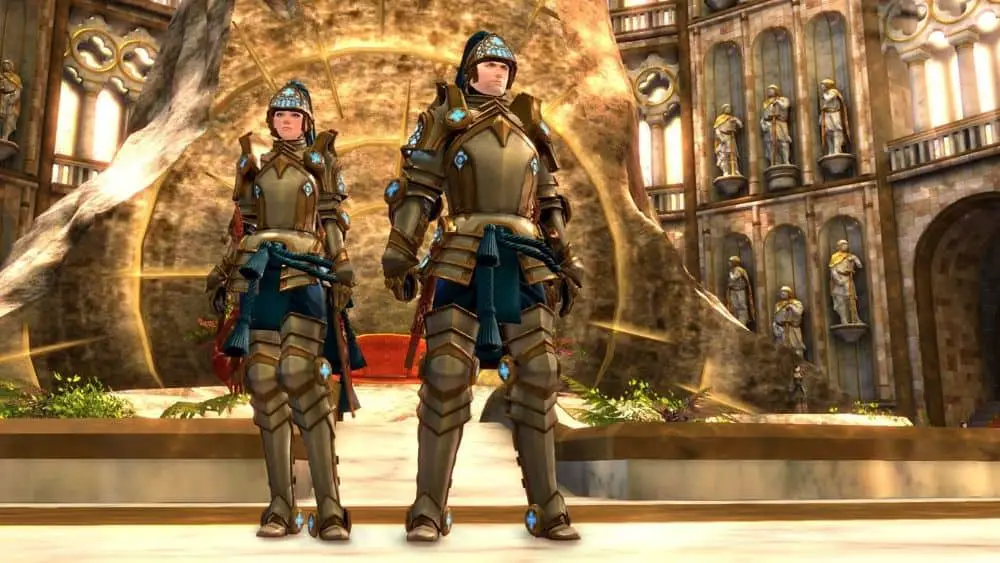
Guild Wars 2 is another title too popular to stay out of China; it was developed by ArenaNet and released in 2012.
It is distributed in China through Tencent’s WeGame client (China’s rip-off of steam).
While the gameplay loop of Guild Wars 2 has been solid enough that the game has managed to stay relevant, it was only released in China less than a year ago and has managed to garner over 3.8 million players in China exclusively.
Unfortunately, the game has been modified to feature more micro-transactions. Still, according to players, it is effortless to circumvent, and it is relatively easy to grind to the end-game.
9. Path of Exile
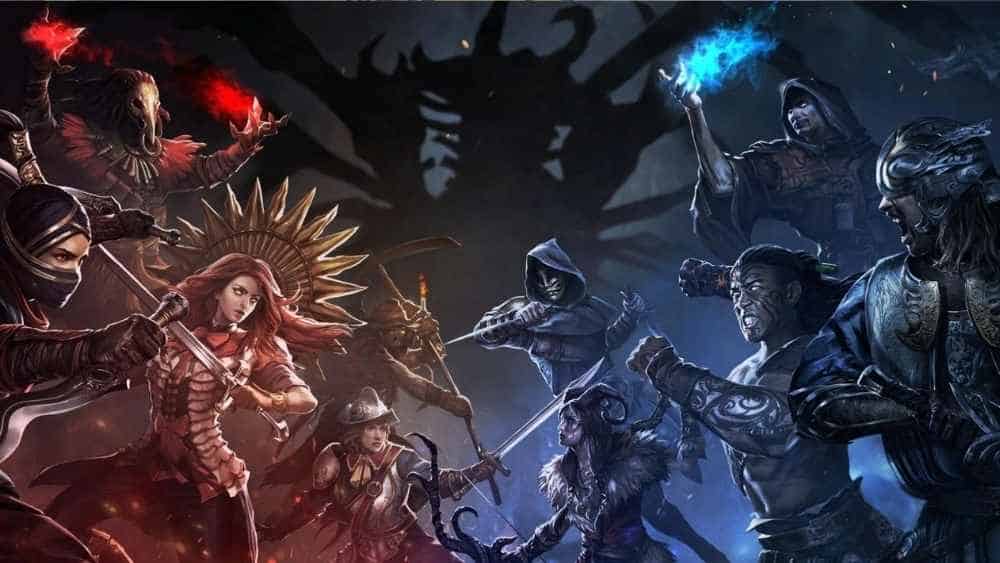
Path of Exile is another popular title developed by Grinding Gear Games and released in 2013. The game was released in China in 2017 and was managed by Tencent games.
The Chinese experience is again very different from the global one. First, the game features intrusive micro-transactions, now Path of Exile is not exactly a game that doesn’t require players to spend, but players can certainly beat the game without spending a lot; this is not the case with the Chinese version.
Secondly, the game has prevalent real-money trading issues and Tencent’s poor monetization practices.
Overall it’s not the best way to experience Path of Exile, a game that revels in the number of options that it offers players sadly has no options in the Chinese version other than their wallet.
10. Final Fantasy XIV
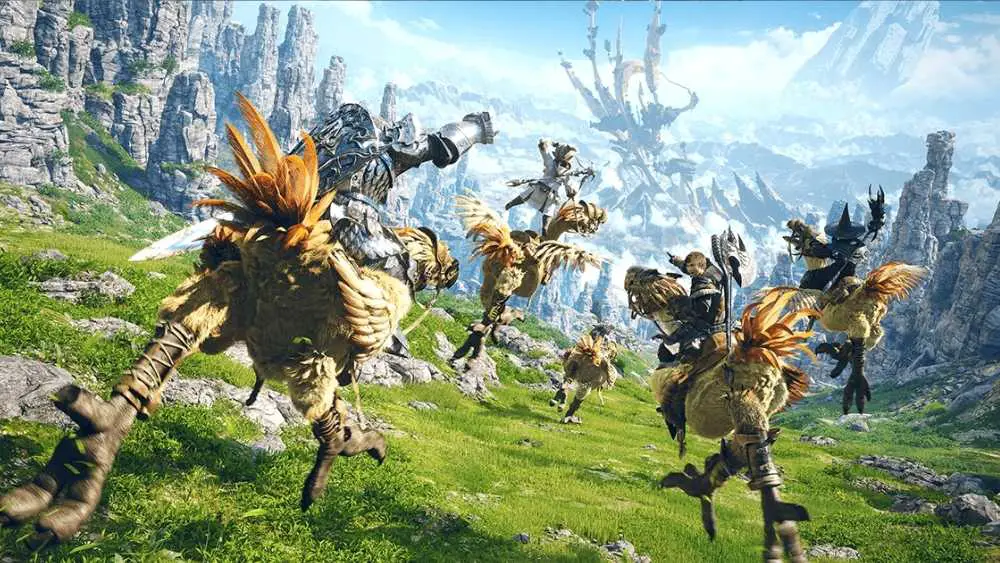
Final Fantasy XIV has been a benchmark for the ninth generation MMORPG experience. The game was developed by Square Enix and released in 2010.
Unfortunately, the game is handled by SDO in China, and it’s not lauded for their handling of FFXIV, that’s for sure.
Like Tencent and NetEase before, SDO has taken an excellent title and moulded it into a pay-to-win mess.
Not only is the Chinese version way behind the Global version, but it’s also riddled with bad micro-transactions and players spamming you for real money trades.
It’s not the best Final Fantasy experience, that’s for sure. Apparently, the experience is so poor that most Chinese gamers try to use VPN and play on the Japanese servers.
So again, I’d recommend the global version over the Chinese one.
Conclusion
There are many titles that I have not mentioned and are very popular in China, and I can’t help this since I have no understanding of their language.
The laws of China don’t exactly make their internet very accessible to anyone outside.
Still, I’ve managed to compile a list of games that have been modified and released in China, for the most part, other than Dungeon Fighter Online; I suggest accessing the global version of the game since mostly it’s the vastly superior and accessible experience.


